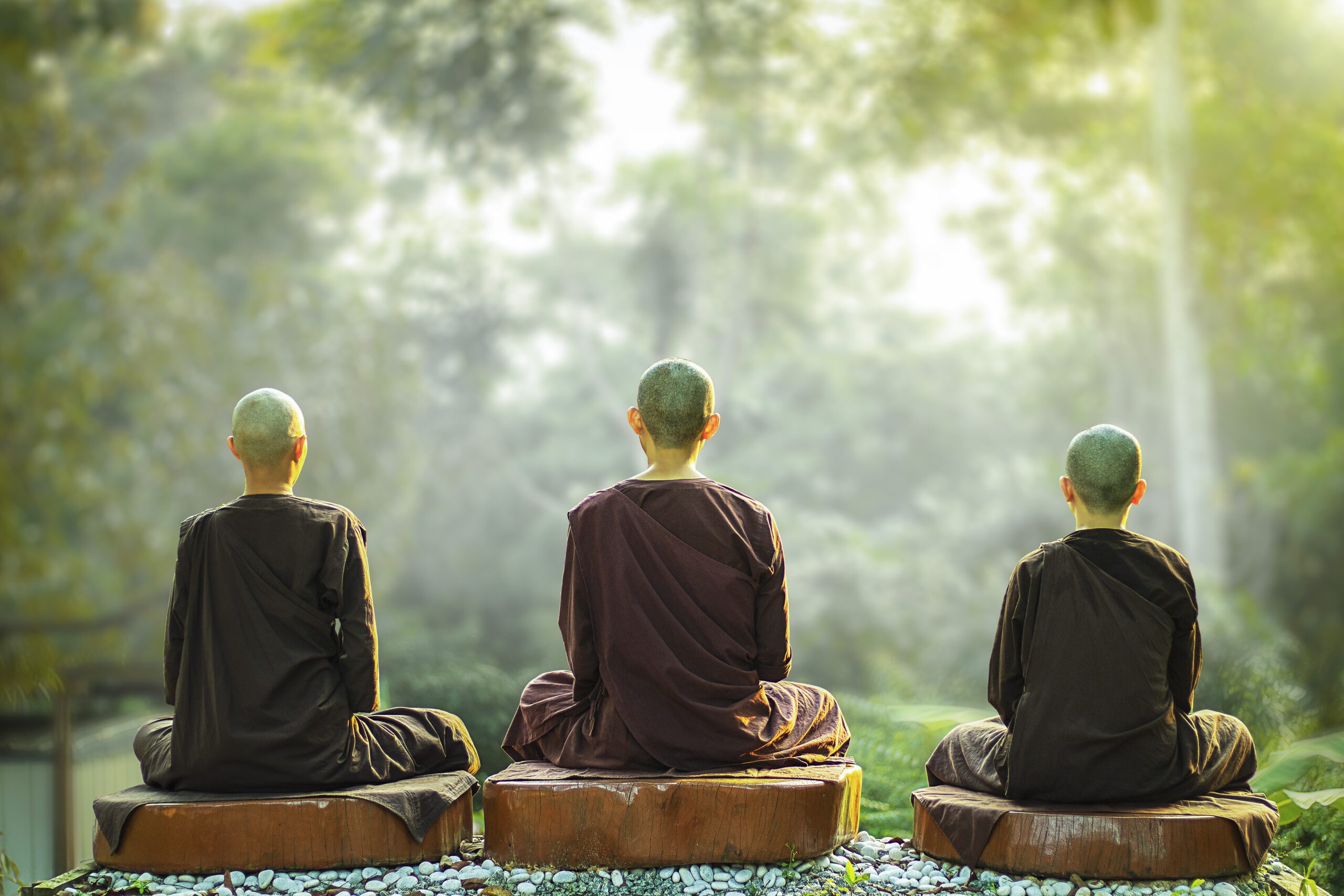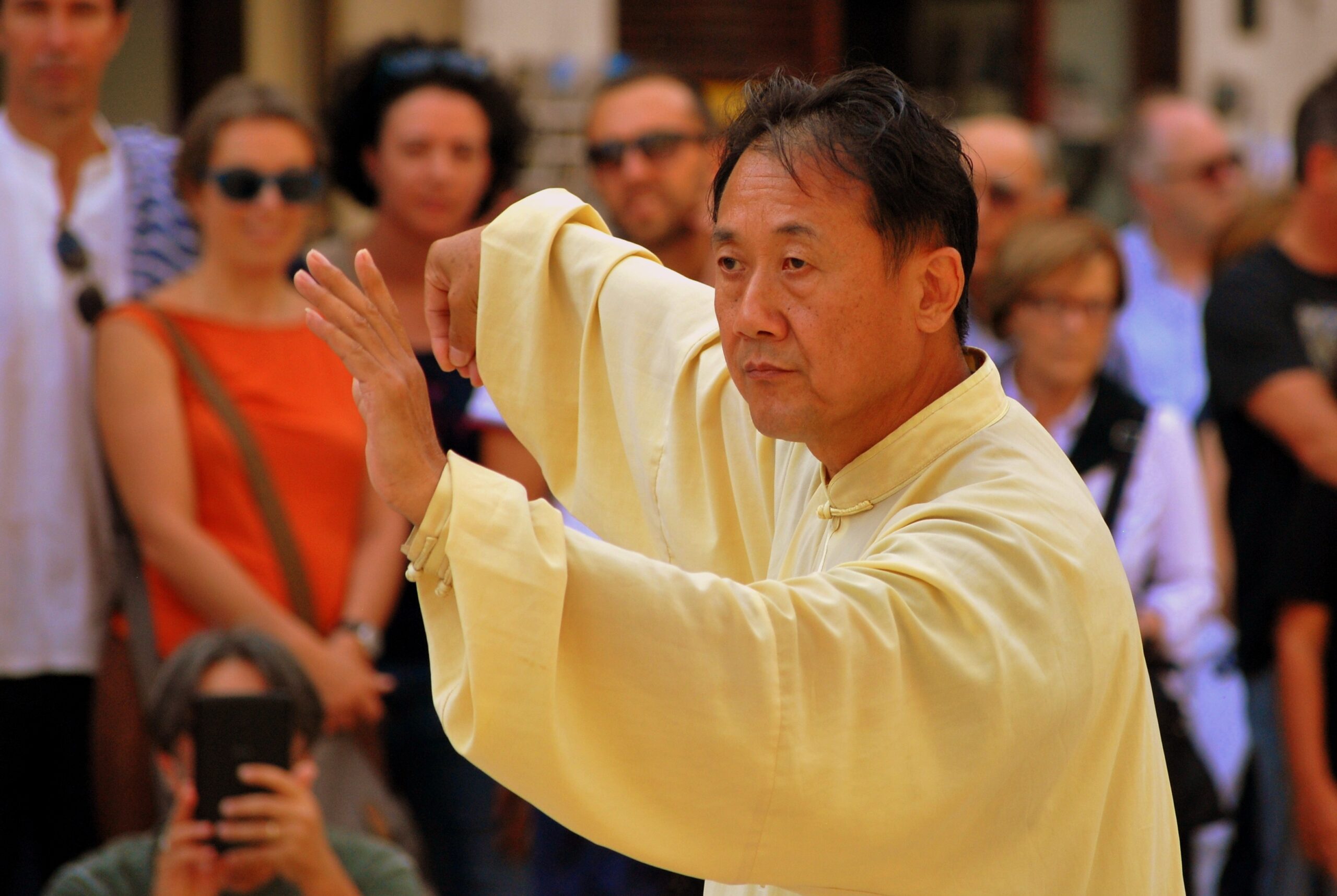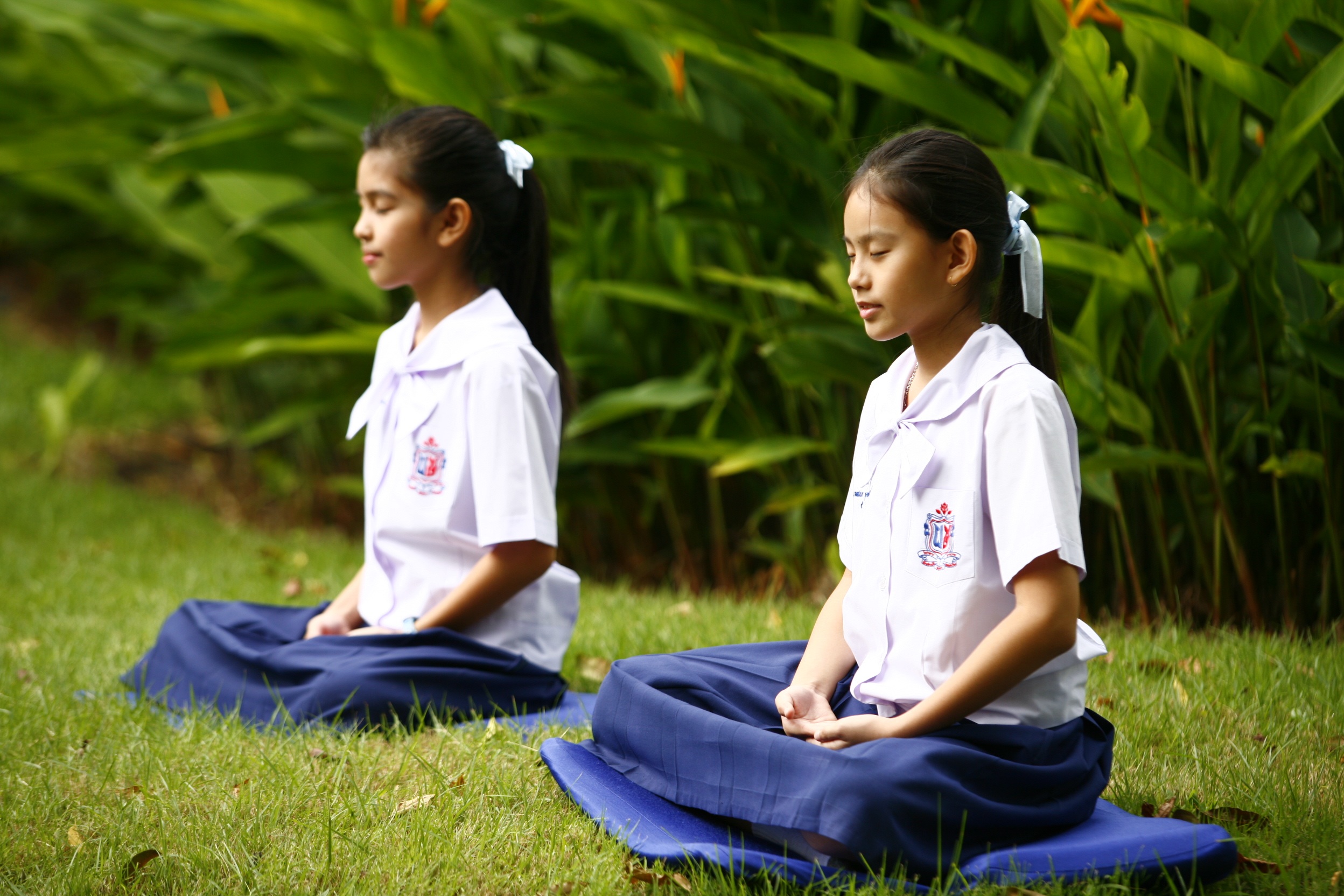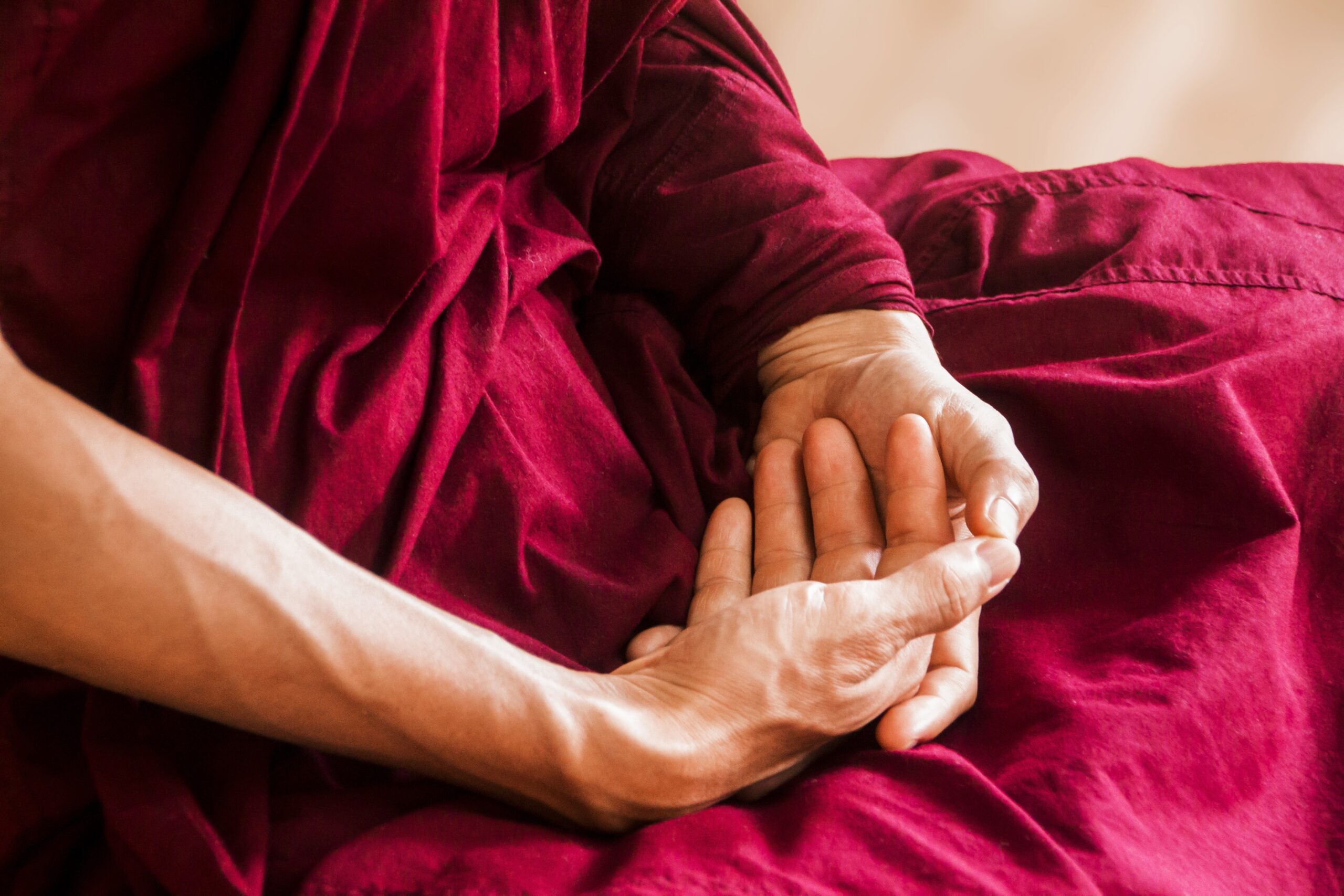Sitting Postures & Meditation Positions
Sitting meditation positions and body postures must be aligned to maintain optimum chi energy flow. When sitting on the floor, you can use a cushion or pillow to soften the impact. There are several positions to assume in sitting meditation:
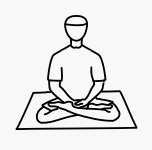 Shuang-Pan or Full Lotus Pose: This is a well known position that many people associate with meditative positions, particularly for Indian Yogis. Both legs cross in the sitting position, with alternate feet resting on top of the thighs. At the advance levels, you can place your palms on the soles of the feet to complete the connection of chi pathways in the body.
Shuang-Pan or Full Lotus Pose: This is a well known position that many people associate with meditative positions, particularly for Indian Yogis. Both legs cross in the sitting position, with alternate feet resting on top of the thighs. At the advance levels, you can place your palms on the soles of the feet to complete the connection of chi pathways in the body.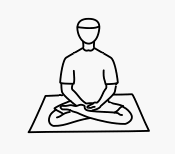 Dan Pan or Half Lotus Pose: If you are not very flexible, you may want to work your way slowly to this position before attempting the full lotus. This is also one of the better known meditation positions. Unlike the Full Lotus, this one requires only one foot to rest on the opposite crossed thigh, while the other foot rests beneath the opposing crossed leg.
Dan Pan or Half Lotus Pose: If you are not very flexible, you may want to work your way slowly to this position before attempting the full lotus. This is also one of the better known meditation positions. Unlike the Full Lotus, this one requires only one foot to rest on the opposite crossed thigh, while the other foot rests beneath the opposing crossed leg.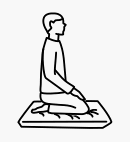 Kua He Zuo or ” Straddling the Crane” Pose: In this body posture, you are not sitting with your legs crossed. Instead, squat down, and tuck your feet beneath your buttocks in a sitting position. If you find this difficult to do, you can place a meditation cushion or pillow underneath to soften the surface on which you are sitting.
Kua He Zuo or ” Straddling the Crane” Pose: In this body posture, you are not sitting with your legs crossed. Instead, squat down, and tuck your feet beneath your buttocks in a sitting position. If you find this difficult to do, you can place a meditation cushion or pillow underneath to soften the surface on which you are sitting.
 Sitting on a chair: For older practitioners, it is easier to just sit on a chair. If you find sitting postures on the floor uncomfortable, you can try this on a bench or chair:
Sitting on a chair: For older practitioners, it is easier to just sit on a chair. If you find sitting postures on the floor uncomfortable, you can try this on a bench or chair:
- Sit on the edge of a chair or bench, with only the buttocks and not the thighs resting on the surface.
- Place your feet flat on the floor, parallel to each other, shoulder-width apart with toes pointing forward.
- Your knees should be bent 90º, your thighs relaxed so that when you pat them underneath, they should wobble like jelly.
- Straighten your back to align the vertebrae and the channels along which the vital chi energy flows.
- Just as in standing poses and body postures, your shoulders should be drooping and chest slightly caved in.
- Likewise, tilt the head so that the chin is slightly tucked in to align your head with the rest of your posture.
- Relax the arms, bending your elbows, with your palms resting face down on your lap, fingers slightly bent and spread apart in a natural position.
- As in all chi kung/qigong meditation positions, let your tongue rest in a natural position between the upper palate and the ridge of your upper teeth to form a bridge for your chi energy to flow.
- San Pan or Cross-Legged Position: This is the easiest and most common of all meditation positions to assume when sitting on the floor: cross the legs so that the calves meet, with the heels placed under the opposite thighs.
These are all the meditation postures for qigong sitting meditation. The following outlines the steps for all cross-legged sitting body poses on the floor:
- For all males, sit with the left leg crossed on the outside and the right leg crossed inside. This is the yang position and will help to balance the yin and yang chi energies in males who are generally innately yang. Females have the option of assuming the same position or placing the right leg on the outside. However with experienced practice, female practitioners become sensitive to and generate large quantities of yang chi, so should also assume the male position consistently like male practitioners.
- As with all meditation postures and body poses, straighten the vertebrae, drop the shoulders and chest, tuck in the chin and place the tongue against the palate.
- The arms should be relaxed with the hands resting on the Dantian, on the thighs, or assuming a mudra position, (see Hand and Finger Positions).
Familiarize yourself with these steps to the different meditation positions and body poses for qigong sitting meditation. With practice, they will become natural and automatic, facilitating your meditation and chi circulation.
